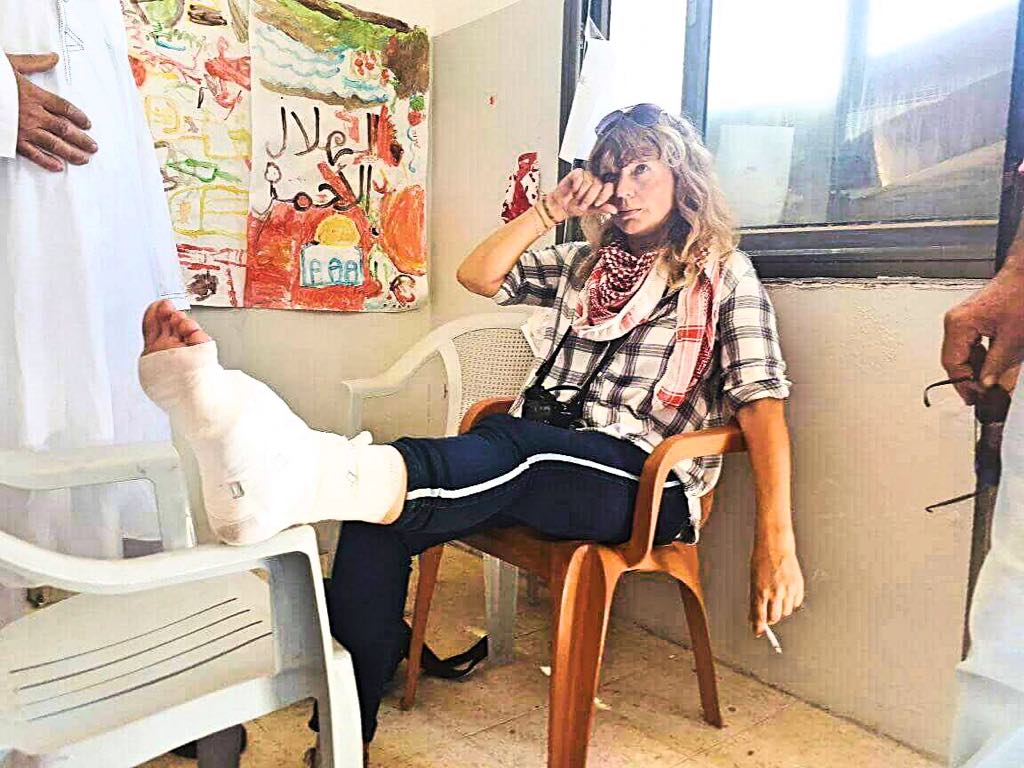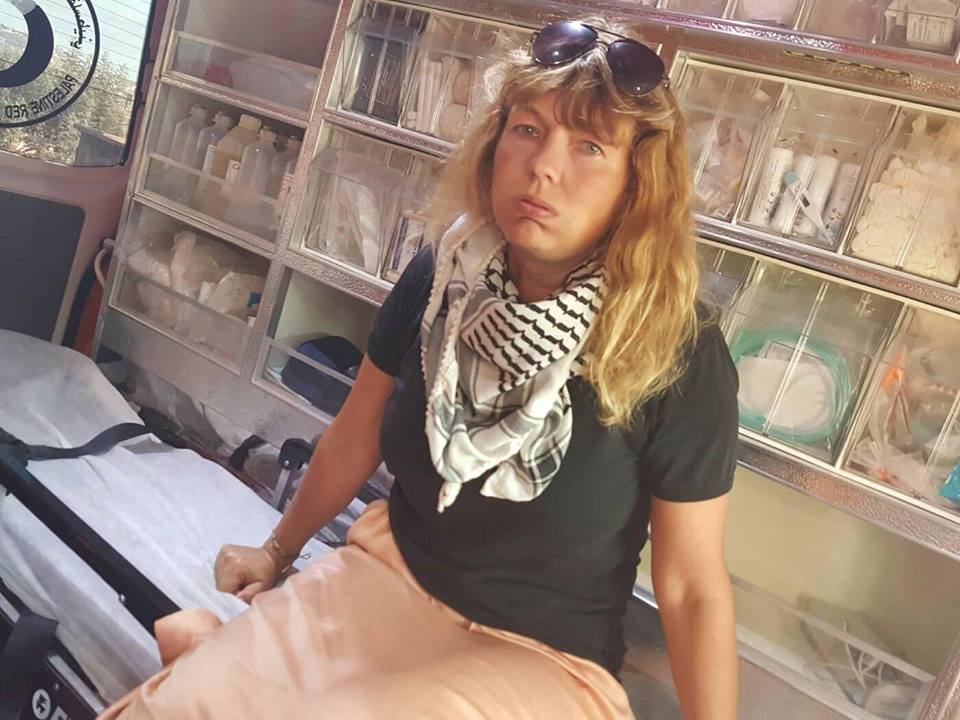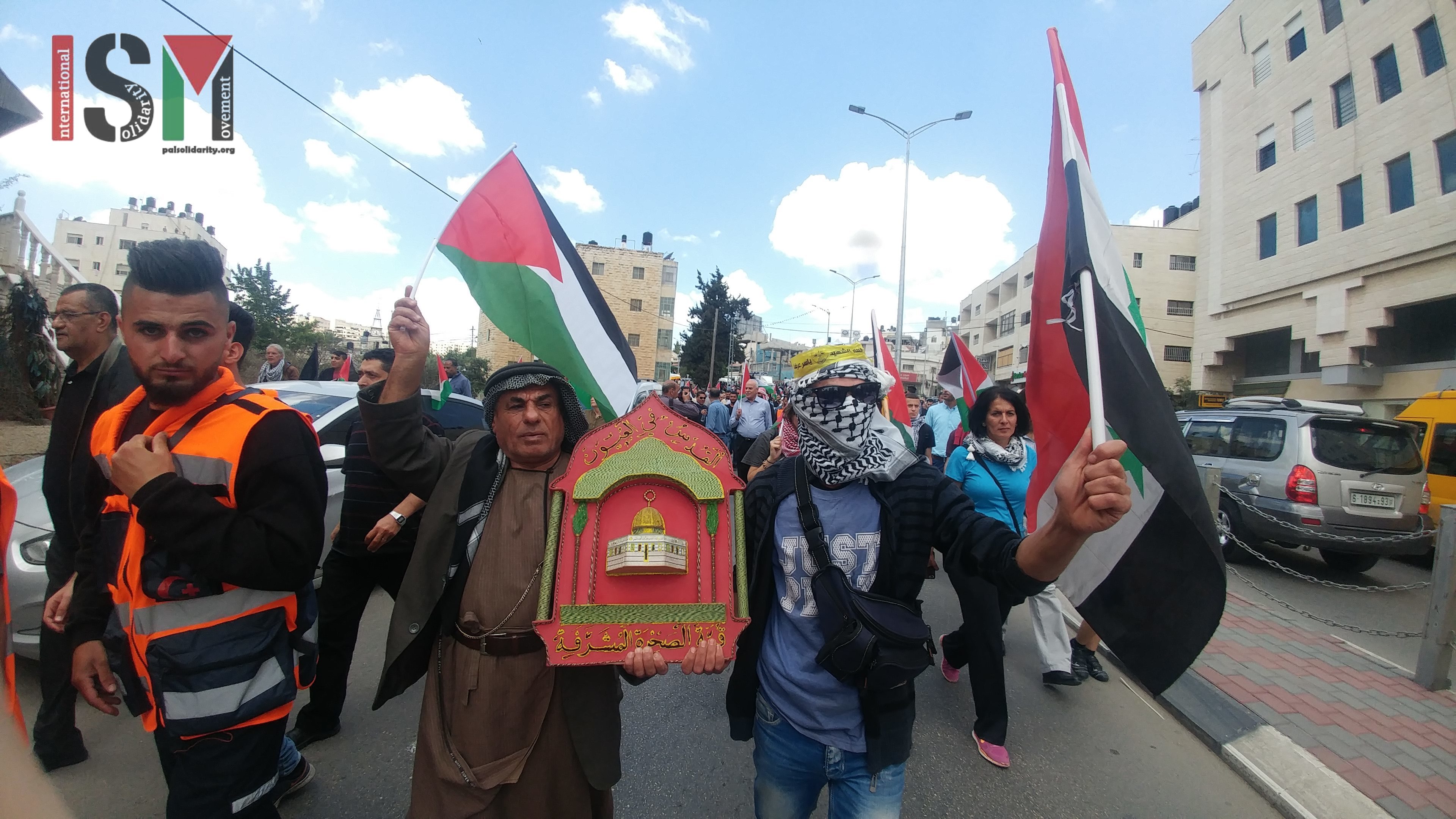Tag: Rubber-coated steel bullets
-
“I think that today, I’m just going to cry”: A journal entry by an ISM volunteer
August 31st 2018 | Kristin Foss, International Solidarity Movement | Ramallah I woke up feeling sad today. I’m just so sad. I’m crying now, I started crying in the supermarket, I cried a little when a farmer refused my money for grapes. I think that today, I’m just going to cry. Maybe I need it. Yesterday, I…
-
A statement from the Norwegian ISM volunteer targeted and shot by an Israeli soldier in Kafr Qaddum, video included
18th August 2018 | International Solidarity Movement, Ramallah team | Kafr Qaddum, occupied Palestine A description of the events of Saturday, 18th of August, from the Norwegian ISM volunteer targeted and shot by a soldier in Kafr Qaddum I, Kristin Foss (43) work as a volunteer for ISM (International Solidarity Movement). ISM is a…
-
“We witnessed at least 40 Palestinians dropping to the ground from tear gas inhalation”
On Monday the 14th of May at 11am, thousands of Palestinians gathered in Arafat Square in Ramallah and proceeded to march to Qalandiya checkpoint to confront Israeli forces. The US embassy was officially moved to Jerusalem on this same day. Palestinians held signs and placards to assert their right of return and in remembrance of…



